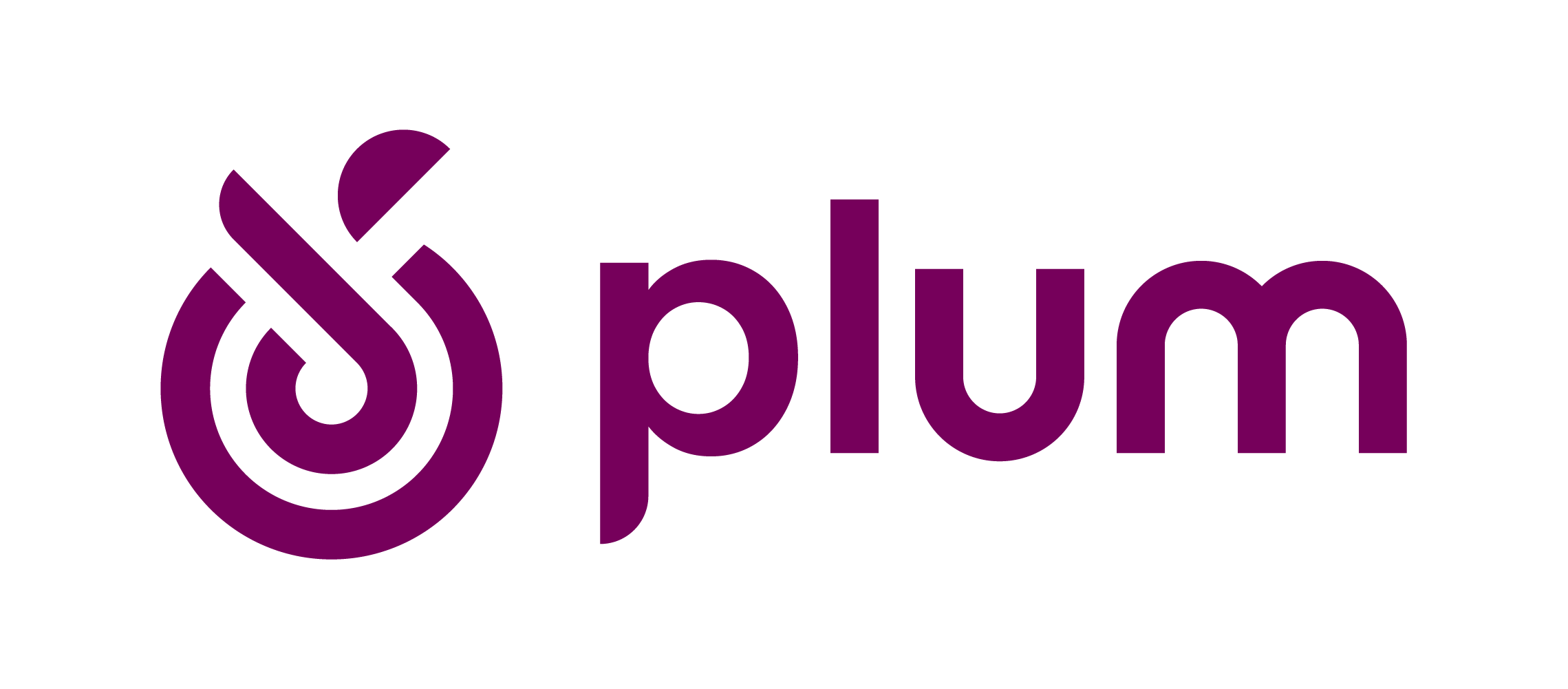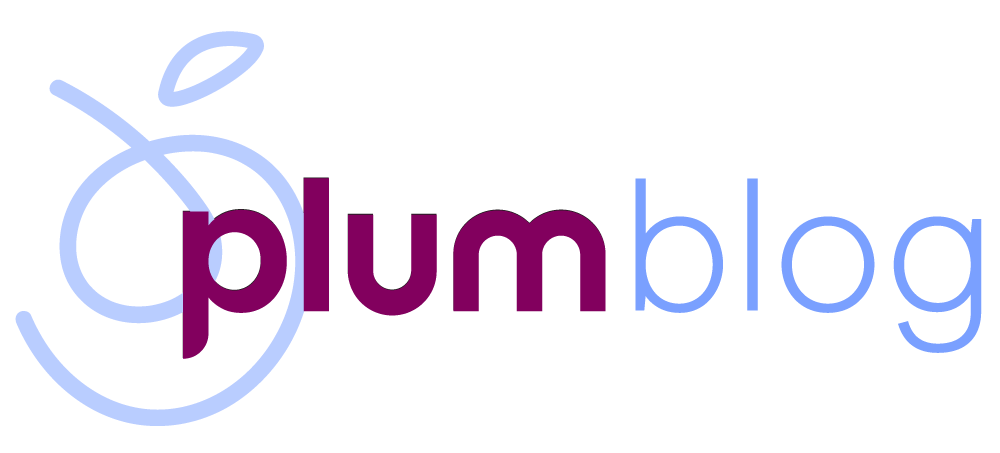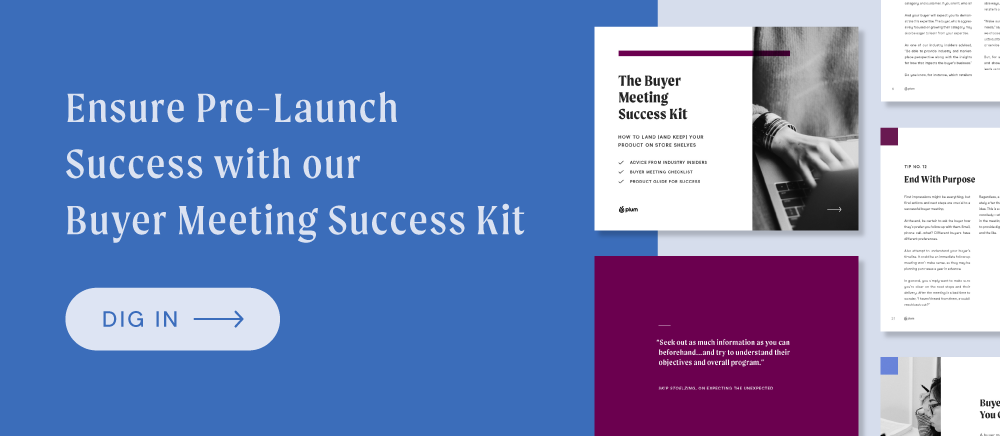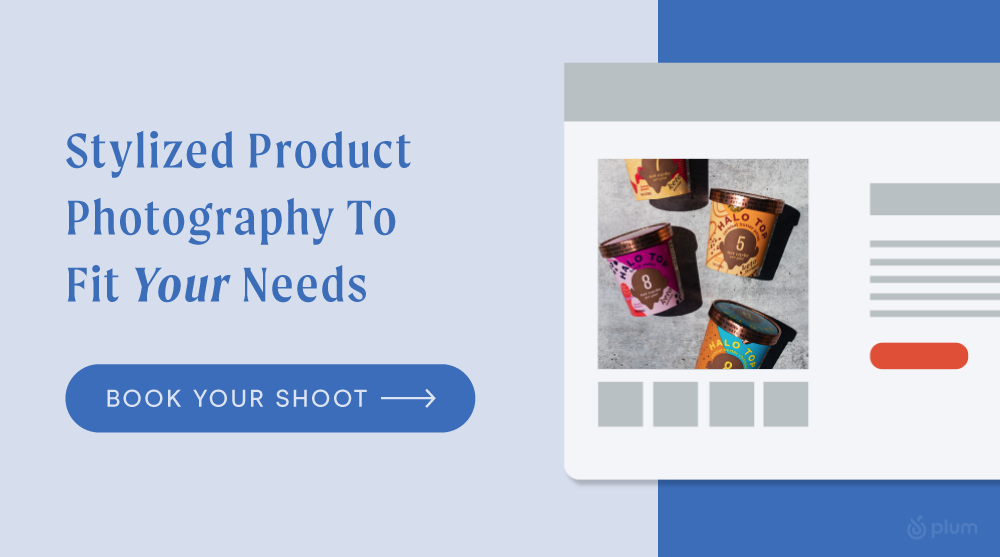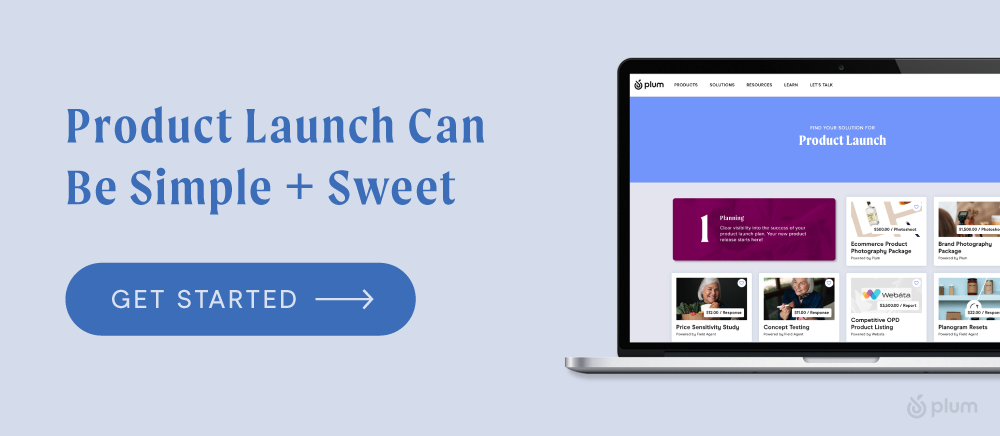
Product Launch Strategy Sesh: 8 Checklist Items for Pre-Launch Sanity
Cape Canaveral, Florida. A roaring, rumbling rocket is on the launchpad – its engines spitting fire and smoke. 10, 9, 8, 7…
Imagine all the work, planning, prep that led to this moment. 6, 5, 4… Astronauts are strapped in—probably anxious—and the country is holding its breath. 3, 2, 1! We have liftoff!
A crucial moment has passed, all thanks to years of work—and dollars by the billion. Much was riding on a successful liftoff, but so many other mission-defining, life-or-death moments await the mission.
The same stuff that launches rockets can also be true of CPG. And we’ll quit with the analogy while we’re still going strong.
There’s a lot riding on pre-launch, launch, and post-launch item release stages. Brands like yours literally can’t afford to drop the ball on any stage of the process.
We all know it’s a costly and risky business: let’s not leave anything to chance.
By the end of today's chat, you can consider yourself a pro at the pre-launch game. Below are a few quick references on the checklist items we'll cover + you can come back to again and again:
- Take a marketing mindset early
- Find the perfect calendar date
- Know your customer
- Test your concept
- Build buyer relations
- Understand the retail environment
- Prepare to look the part
- Don’t forget the 4 Ps
That’s One Small Step for Launch, One Giant Leap for Landing
Experts in the industry have called new product launches “the lifeblood of CPG companies,” and have even gone so far as to say, “The introduction of new products is one of the most important marketing activities of [packaged goods] companies.”
Brands in the packaged-goods industry introduced 87,149 new products in 2021 alone. Yes, seriously.
In such a cut-throat competition for space on the shelf, it’s no surprise to see how many of these products come and go. Catalina found that roughly 80% fail, plus, there’s one study that found less than 3% of CPG products reach $50 million in first-year sales.
You see where we’re going: The price tag for a new-product development and marketing can easily explode into the millions of dollars. And what are we left with? Risky business.
We've actually said it before—new products always start from behind. Peep a few reasons why:
- Shoppers are fairly comfortable with their established purchasing routine
- New products = unknown = higher risk for shoppers
- Retailers favor known winners (think big, legacy brands) and often distribute floor space, planograms, etc. accordingly
These costs, failure rates, and barriers can be a costly strategy for CPG companies.
But, for the devoted brand—we’re guessing that’s you—the upside can be enormous. It’s not just us who’s saying this.
IRI’s 2021 New Product Pacesetters list showed us that they combined for $6 billion in their first year of sales (with only 20 launches, like Impossible Burger, Dr. Pepper & Cream Soda). Cha-ching.
So, let’s get down into it: the pre-launch stage is all about preparation.
Pre-launch is pivotal to new product success. It’s when brands establish vision, conduct market research, formulate plans, test concepts, work with retailers—enough to fill the calendar for months—all to make sure your new SKU has the strongest chance at success once it hits Walmarts and www.'s.
Pre-launch prep is the starting block to a successful product launch. To quote Eminem, "You only get one shot, do not miss your chance to blow. This opportunity comes once in a lifetime."
Pre-Launch Item #1: Take a marketing mindset early
Why do new CPG products fail? Probably not because of poor quality.
More likely possibilities are lack of awareness, marketing, and product positioning. Plus, what’s the motivation for shoppers to mix up their day-to-day routines?
Basically, product launch success hinges mostly on marketing (research, planning, and execution), not manufacturing. Our hearts ache for the many brands that devote the lion’s share of their pre-launch preparation to design and production – and devote too little time, money, and effort to marketing. Big rip.
Writing in Harvard Business Review, Schneider and Hall said, “[CPG] companies are so focused on designing and manufacturing new products that they postpone the hard work of getting ready to market them until too late in the game” (bolded for emphasis).
Getting the quality right – that’s critical. But all the quality in the world won’t make a difference if would-be customers don’t know about, can’t understand, and/or feel indifferent toward your new CPG.
The best products don’t succeed. The best-marketed products succeed.
Pre-Launch Item #2: Find the perfect calendar date
As you plan the go-to-market strategy, always remember: Timing is everything. Let’s make sure your product doesn’t miss the bus.
What bus? Well, actually, buses – plural. Optimize the timing of your product launch around:
Seasonality. Most CPG categories deal with seasonality to one extent or another. It’s not just Halloween candy or holiday stocking-stuffers that have to consider how the calendar influences product purchases. It’s practically all categories – especially new products, that can’t afford to launch after too much sales volume has flowed under the bridge.
Planogram Resets. Retailers “reset” planograms (“modulars” for all our Walmart pals) with the ebb and flow of the retail calendar, and their own strategies. Work with your buyer to time your product launch for the start of a planogram cycle.
The Major Players. Of course, brands like P&G, Unilever, and Coca-Cola have an advantage when launching new products (goodwill with retailers, category leadership, experience, and of course: $$$). Unless you want to be like the boyband who auditioned after One Direction, make sure you stay out of the wake of a product-launch by one of the big dog brands—you’ll be out-sung.
Pre-Launch Item #3: Know your customer
Let the consumer be your voice of reason through designing, developing, and marketing new products.
However, don’t discount the role of research in the process of new-product entry. Sure, brands know they need to understand “the market” – but often only in a vague, unfocused sense, which only gives the appearance of “knowing customers.” Don’t be like the others.
A few principles to keep ya on track:
Account for market differences. If you’ve ever tried on a supposed “one-size-fits-all” piece of clothing, you know. One size never fits all. Same goes for markets.
Shopping and consumption differences can be seen by region, channel (e.g., mass, c-store, drug), and retailer. They also differ by consumer demos, affinities, classification (e.g., innovator vs laggard), buyer-journey stage, etc.
Brands usually don’t get into the nitty gritty to understand a market and launch a new SKU. They may focus mostly on consumer data and insights (at the national level) – yet the same brand might pay a fraction of their attention to regional, channel/retailer-specific, shopping behaviors.
Imagine you’re launching a new packaged-coffee blend. One of your first questions will probably sound something like, “How many packages of coffee did the average U.S. household purchase last year?”
But it’s important to go further than consumption questions, and to understand shoppers and their shopping behaviors, priorities, and truly get into their minds on the why behind the what. Here’s a few better Q’s to noodle on:
- “How do heavy coffee-drinkers shop for and make a purchase decision when shopping through mass merchandisers versus wholesale clubs?”
- “How do Walmart shoppers in the southeast shop for and purchase packaged coffee versus Walmart shoppers in the northeast?”
Answers to questions like that can help this coffee brand do a few things really well:
- Tailor marketing programs to individual regions and retailers
- Convince buyers of the new product’s viability
- Focus efforts in the right place, on the right segments
Now we’re in the mood for a cup. Coffee break anyone? Brb.
So, back to it. Another word of advice for you in knowing your customer: Think market subsets, not markets.
Brands that focus on a key subset or two of the market – will really win that segment because they truly understand it.
McKinsey said, “The first element of a winning model (for new CPGs) is to focus on targeted consumer needs. For example, instead of casting a broad net, they aim precisely at well-defined pockets of winnable opportunity…” (emphasis added for our point). (16)
Instead, after creating enough awareness of a market, brands identify one or a couple of must-win, turn-over-every-stone subsets. And, these subsets will drive everything in product development and launch.
Study after study has found that a small percentage of shoppers determines the success of a new CPG. And real talk? Only a certain type of shopper will be open to trying something new in the first 90 days, anyways.
It’s so important to win over this tiny fraction. Everything depends on it.
Understand the entire path to purchase. And since we’re committed to winning this small number – we’d better be sure we understand them along the entire path to purchase.
For customers, “buying” is a process that encompasses researching, planning, shopping, consuming, and, if we’re lucky, repeating and advocating. New products that understand the full process – that have a handle on the full path to purchase – have the best chance of success.
Pre-Launch Item #4: Test. Your. Concept.
How good does an ice-cold Coke C2 sound right about now? Oh, you've never heard of it? That would be because it was discontinued. Fast.
But why?
“Men rejected the hybrid drink,” wrote Schneiger and Hall in Harvard Business Review. “[They] wanted full flavor with no calories or carbs, not half the calories and carbs.”
But then the scholars asked: “Why didn’t these issues come up before the launch?”
It’s a good question; a multi-million dollar question in the case of C2. Yikes.
As we’ve talked about already, research is important. Worthy of special note: concept testing.
In a concept test, potential customers have the chance to give feedback on a product idea, prior to full-scale manufacturing. Not that we think anyone could ever hate your idea, (because how could they?), but if they did, wouldn't it be better to know before you invest time and $$$?
Concept testing is an important risk-reduction strategy for brands and their new products.
By exposing real products to real consumers, and observing their honest reactions, CPG companies may be able to avoid Harvard researchers one day asking, “Why didn’t these issues come up before the launch?”
Enter: Field Agent’s Concept Testing. Give it a shot, you def won’t be sorry.
Pre-Launch Item #5: Build buyer relations
Don’t miss this: Successful product launches require sufficient social capital.
We know it, you know it, we all know it: the highest quality products don’t always succeed. If a new SKU is to win at-retail, it needs the confidence of retail partners – especially buyers, whose careers, too, rely at least in part on your products.
We actually wrote extensively about buyer relations in our ebook, The Buyer Success Kit. Practically all the principles in that book will come to bear on the launch of a new CPG product. Principles like:
- Help the buyer win
- Have a category mindset
- Build trust and empathy
- Get omni with it
- Know what a “win” looks like (for both parties)
- Be data-driven
Read The Buyer Success Kit early in the pre-launch period. Just trust us.
Pre-Launch Item #6: Understand the retail environment - retailer by retailer
Just like markets aren’t one-size-fits-all, neither are retail environments.
In the pre-launch stage, CPG companies should seriously consider the retail environment – channel by channel, retailer by retailer, and, in some cases, even store by store. These deep-dives make way for learnings on:
- Category compositions
- Product placement within planograms
- Promotional activity and cycles
- Price points
- Retailer practices
- Even, as seen, how shoppers shop channels/retailers differently
“If you’re implementing a blanket strategy built off an aggregate view,” wrote Nielsen IQ, “it probably doesn’t take into account the vast differences between retail outlets and geographic regions.”
Of course, no brand has the resources to understand every piece of the retail-environment. Fortunately, they usually don’t need to.
Remember: We’re set on winning a small portion of the market initially. To win it, we should prioritize the parts of the retail environment – whether select channels, retailers, or stores – critical to winning that market subset.
Pre-Launch Item #7: Prepare to look the part
It’s basic knowledge that retail environments encompass product-detail pages on ecommerce sites like Amazon, Walmart.com, and Target.com.
It’s an omnichannel world, and we’re just living in it.
Whether in-store or online, new products have to look the part for would-be buyers and shoppers. (In-store: packages, displays, signage. Online: photos, video)
Does your new product look high-quality, like a good value, better than your competition?
For your in-store “look,” you might consider concept tests and shopalongs, to get firsthand, raw reactions from potential customers when they see your products the first time.
Engaging, informative packaging can go a long way in convincing shoppers to try a new product. In an August 2022 Field Agent survey of 1,250 shoppers, 41% of respondents label/package design is either “extremely” or “very” effective at convincing them to try a product they don’t normally buy. Eighty-five percent said it’s at least moderately effective.
Your online look is also hugely important – and worthy of special attention today. Online, where shoppers can’t personally touch and inspect your product, your photos become your product. They are your product.
If you’re launching a new product, look the part. Our stamps of approval go to Aisle 9’s brand photography package and Field Agent’s signage audit. Chef’s kiss.
Pre-Launch Item #8: Don’t forget the 4 Ps
Here’s what else we know to our core about launching a new CPG product:
- The product has to be in-stock (hello, supply chain)
- The price point has to be right (shoppers are very price sensitive)
Beyond these absolutely-not-up-for-debate extremely-important must-haves, new products should take very seriously their:
- Placement within stores and planograms – Where do shoppers expect you to be in-store and on-shelf? Is your product noticeable or discoverable? Are the neighboring products complementary (for cross-merchandising opportunities)? Does the location “make sense”?
- Shopper marketing (i.e., point-of-purchase promotional activity)
Whoa, wait a second. Look at that; we just stumbled onto the 4 Ps. Don’t pretend you didn’t know it was coming.
Yep, in the pre-launch phase, brands have to get their marketing mix right – if they want to survive and thrive in the first 90 days. They have to.
The 4 Ps aren’t just for college classrooms: they’re pivotal for new-CPG success.
Yes, you read that right—simple and sweet. Don’t fret about the ins and outs of how you’re going to nail the debut of your CPG item in-store and online. Let us help you win both sales and shoppers with your new item!
